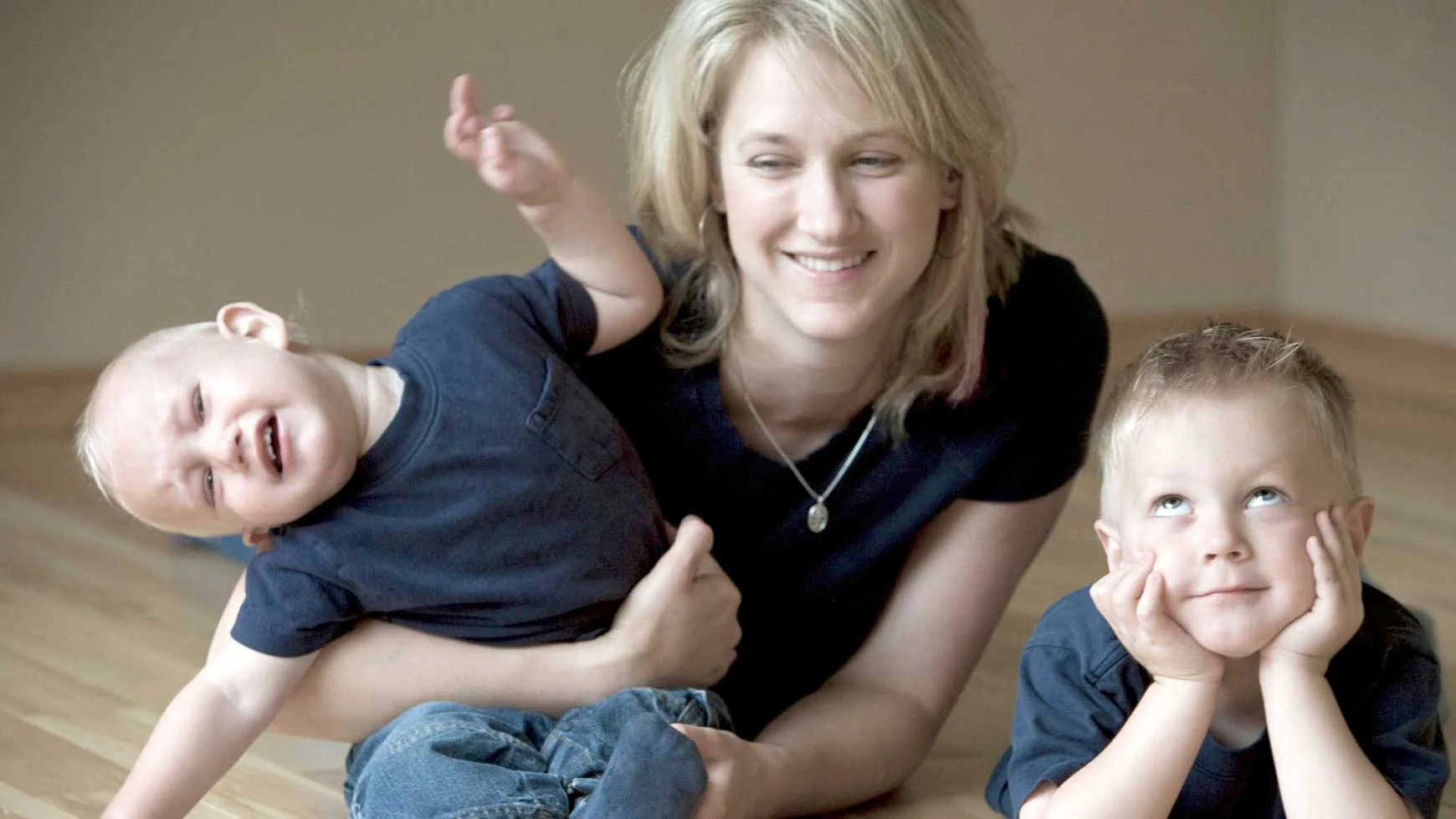7 tips for when you have more than one child who learns and thinks differently

At a glance
Having more than one child who learns and thinks differently can be especially challenging.
There are many strategies you can use to manage more than one child’s struggles.
You’re not alone. Get support and resources from other parents and caregivers.
When you have more than one child who learns and thinks differently, the world can feel like one big set of unique challenges. These tips will help you handle such challenges — from second-guessing your parenting decisions to juggling all those doctors’ appointments.
1. Review age-appropriate expectations.
If you have an older child who learns and thinks differently, it can be hard to know what to look for as your younger child is developing and growing. Review what’s expected at each age. This will help you assess whether you need to be concerned about anything you’re seeing and know when to take action.
2. Keep separate records.
Be sure to begin a new three-ring binder for your younger child’s medical and school records. It can be tempting to put all kids’ information and notes together in one place. But having a different binder — a different color for each child — makes it a lot easier to find what you need quickly and easily.
3. Don’t second-guess your gut feelings.
When you have one child who learns and thinks differently, you might find it hard to trust your own parenting instincts. You may think you’re being paranoid if you suspect another child has the same or similar issues.
But it’s best to speak with your child’s health care provider rather than assume you’re just imagining things. Keep track of whatever behavior concerns you have, and bring your notes with you to the appointment. Remember, you’re the expert on your child. Trust your gut.
4. Take advantage of the resources you already have.
Good news: Setting up meetings or putting services in place for your child may be easier the second time around. Although it can be unsettling to go through the process again, remember that at least you’re not starting from scratch. You can turn to the providers you’re already connected to through your older child for help and support.
5. Try not to compare your kids.
Learning and thinking differently will look different in different kids. Don’t assume the journey with each child will be the same. The “I” in IFSP and IEP stands for individualized. Keep in mind, as you write goals or create a treatment plan for your child, that it needs to be based on this child’s needs. What worked for an older sibling may not be the best choice.
6. Be smart about scheduling.
Getting one child to therapy and doctors’ appointments is hard enough — don’t let two double your trouble. If you can, try to use the same service providers for both kids and plan their appointments back-to-back. You may even want to see if there’s another therapist in an office you already go to, so your kids can have appointments at the same time.
7. Get the help you need.
Building your own support network is the key to making sure you can meet your own needs and cope with your stress. Talk to friends and family about how they can help. When issues come up with your kids, don’t be afraid to ask their schools and therapists for help, too. And use our community to keep in touch with other parents in similar circumstances.
Key takeaways
Put some solid strategies in place — like careful scheduling and well-organized three-ring binders.
Pay attention to your parenting instincts, and take any questions you have to the doctor or therapist.
Reach out to other parents and caregivers who are going through similar things.

